Homegrown quince is the perfect accompaniment for these autumn evenings. It is an often overlooked part of our harvest, however, and this article will give you some inspirational ideas to make bring it to your table.
This piece was originally written for and published in Wicked Leeks, the magazine for sustainable food and ethical business. Sign up for a free weekly edition of the magazine here.
Try homegrown quince poached in white wine for a delectable dessert, baked into a tagine or infused into vodka for a perfect gift or seasonal tipple.
As autumn gradually draws towards us, this knobbly, fragrant relative of the pear will soon be ready to pick. Homegrown quinces are a lost seasonal culinary treasure, harvested in October and November when they turn golden.
As the pace of things slows down and cooler weather approaches, quinces are just right for slow cooked seasonal dishes, both sweet and savoury. Add to apple crumbles or pies, serve with game, casseroles or tagines.
Perfect poached or baked, they cannot be hurried as in their raw state they are very hard and a little bitter.
The longer they cook the more of a mellow honey scent they release, becoming tender with a deep sienna hue. Honey-baked quinces are beautiful with a simple madeira cake or baked custard, with plenty of sweet syrup from the roasting pan to drizzle over.
Alternatively, simply poach in white wine with spices to serve as part of a dessert or alongside some salty cheddar.
Their high levels of pectin make your homegrown quince ideal for jam and chutney making. Membrillo is an easy to make traditional Spanish solid preserve of simmered, sweetened and set quince paste that can be sliced and served with cheese such as manchego. For something different, try quince vodka by infusing a litre of good vodka with 225g caster sugar, 1kg of quince, peeled, cored and chopped. Store for sixth months or longer as the perfect homemade gift.

An ancient solution to a modern problem
Quince trees were originally ancient mountain forest trees so are less prone to disease, have hardy fruit and blossom beautifully with a gorgeous scent.
Rediscovering foods that have fallen out of favour as farming became more reliant on less varieties could be key to food security in a changing climate, too. According to Friends of the Earth: “Biodiversity is intrinsically linked to human wellbeing. The continued drop of our plants and wildlife would also leave a huge void in what makes us happy and healthy.”

The National Biodiversity Network estimates there are around 5,000 fruit varieties growing in the UK, many of which are rarer varieties unique to a specific area they come from and no longer commercially grown. To find everything from medlars to mulberries and rare cider apples, they suggest using the Peoples Trust for Endangered species Fruit Finder to locate which native fruits are from where you live, and where to buy them.
If you would like to try growing your own quince at home, you don’t even need a whole orchard – they are self-fertile and there are dwarf varieties that would be great in smaller spaces.

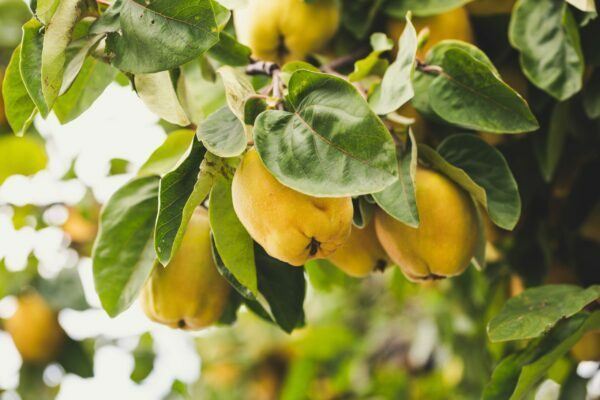

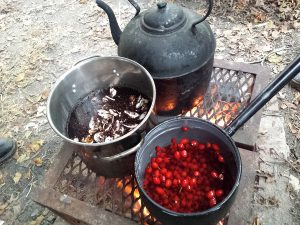
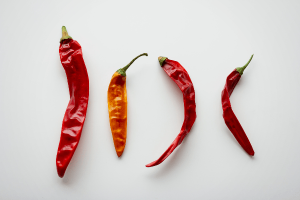
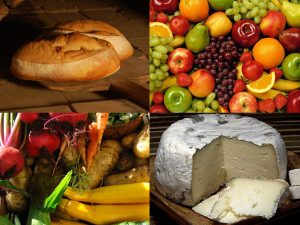
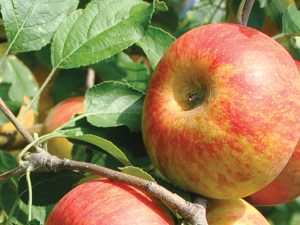
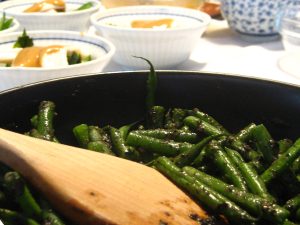
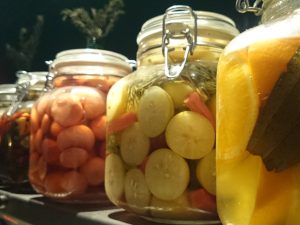
1 Comment
Wicked Leeks – love it. And mature cheese with quince jam is out of this world.